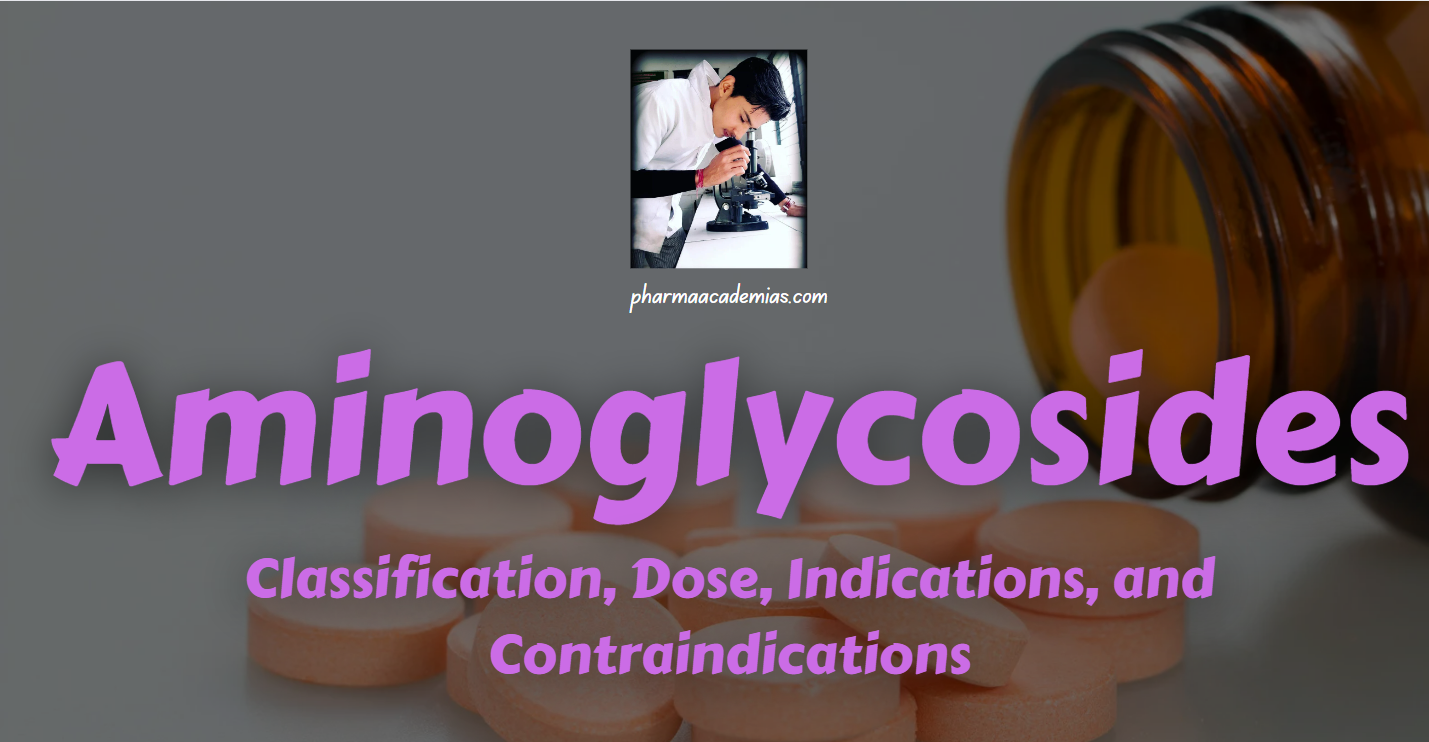Volatile oils, also known as essential oils, are complex mixtures of volatile, aromatic compounds derived from plants. These oils evaporate readily at room temperature and are responsible for the fragrance and flavor of many plants. They are typically extracted by distillation, expression, or solvent extraction.
Classification of Volatile Oils
Volatile oils can be classified based on their chemical composition and the functional groups present in their constituent compounds. The main classes include:
1. Terpenes: Terpenes are a large and diverse class of naturally occurring organic compounds composed of isoprene (C₅H₈) units. They are the primary constituents of essential oils found in plants, particularly in conifers and aromatic herbs. Terpenes contribute to the fragrance, flavor, and biological activities of plants and have various medicinal properties.
Monoterpenes: Composed of two isoprene units (C₁₀H₁₆).
Examples: Limonene, Myrcene.
Sesquiterpenes: Composed of three isoprene units (C₁₅H₂₄).
Examples: Farnesene, Humulene.
Diterpenes: Composed of four isoprene units (C₂₀H₃₂).
Examples: Phytol, Cafestol.
2. Terpenoids: Terpenoids (Isoprenoids) are modified terpenes that contain additional functional groups, such as oxygen, hydroxyl, or carbonyl groups. They are derived from terpenes through oxidation or rearrangement of their carbon skeleton. Terpenoids are the most diverse class of natural products and play essential roles in plant physiology, pharmacology, and industrial applications.
Examples: Linalool, Menthol.
3. Phenylpropanoids: Phenylpropanoids are a diverse class of secondary metabolites derived from the phenylpropanoid pathway, which starts with the amino acid phenylalanine (or tyrosine). They are characterized by a C₆-C₃ backbone (a benzene ring attached to a three-carbon side chain) and play vital roles in plant defense, pigmentation, and human pharmacology.
Examples: Eugenol, Anethole.
4. Aliphatic Compounds: Aliphatic compounds are organic compounds composed of carbon and hydrogen atoms arranged in straight chains, branched chains, or non-aromatic rings. They do not contain benzene rings and can be either saturated or unsaturated.
Examples: Hexanal, Octanal.
Properties of Volatile oils
Volatile oils exhibit a variety of physical and chemical properties:
1. Volatility: Volatile oils readily evaporate at room temperature, imparting strong odors.
2. Solubility: Soluble in organic solvents such as alcohol, ether, and chloroform. Sparingly soluble in water but can impart a characteristic odor and taste.
3. Refractive Index: Volatile oils typically have high refractive indices due to their aromatic compounds.
4. Optical Activity: Many volatile oils are optically active, exhibiting optical rotation.
5. Density: Generally less dense than water, though some oils may be denser.
6. Boiling Point: Generally have low boiling points due to their volatility, facilitating steam distillation.
7. Chemical Reactivity: Susceptible to oxidation and polymerization, which can alter their odor and color.
Tests for Identification for Volatile oils
Various tests can be employed to identify volatile oils, leveraging their unique physical and chemical properties:
1. Organoleptic Evaluation:
Procedure: Assess the oil’s color, odor, and taste.
Positive Result: Characteristic fragrance and flavor specific to the plant source.
2. Solubility Test:
Procedure: Mix the oil with alcohol and water.
Positive Result: Solubility in alcohol and sparing solubility in water.
3. Refractive Index Measurement:
Procedure: Use a refractometer to measure the refractive index of the oil.
Positive Result: Refractive index within the specific range for volatile oils.
4. Optical Rotation:
Procedure: Measure the optical rotation using a polarimeter.
Positive Result: Presence of specific optical rotation characteristic of certain volatile oils.
5. Thin-Layer Chromatography (TLC):
Procedure: Spot the oil on a TLC plate, develop it in a suitable solvent system, and visualize under UV light or by spraying with detecting reagents.
Positive Result: Specific Rf values and spot characteristics matching known standards.
6. Gas Chromatography (GC):
Procedure: Inject the oil into a gas chromatograph and analyze the chromatogram.
Positive Result: Retention times and peak patterns matching those of standard volatile oils.
7. Infrared Spectroscopy (IR):
Procedure: Obtain the IR spectrum of the oil.
Positive Result: Characteristic absorption bands corresponding to functional groups in volatile oils.
8. Chemical Tests:
Phenolic Compounds Test:
Procedure: Add ferric chloride to the oil.
Positive Result: Formation of a color complex indicating phenolic compounds.
Aldehyde Test:
Procedure: Mix the oil with Schiff’s reagent.
Positive Result: Development of a pink or magenta color indicating aldehydes.
Ester Test:
Procedure: Treat the oil with hydroxylamine hydrochloride and sodium hydroxide, then acidify with hydrochloric acid.
Positive Result: Formation of a precipitate indicating the presence of esters.
These tests collectively help in the qualitative and quantitative analysis of volatile oils, confirming their identity and purity.




